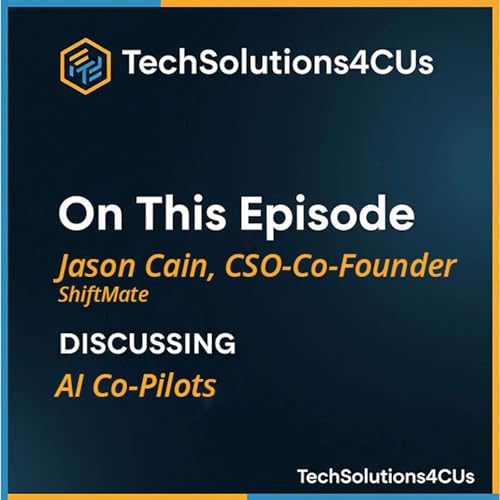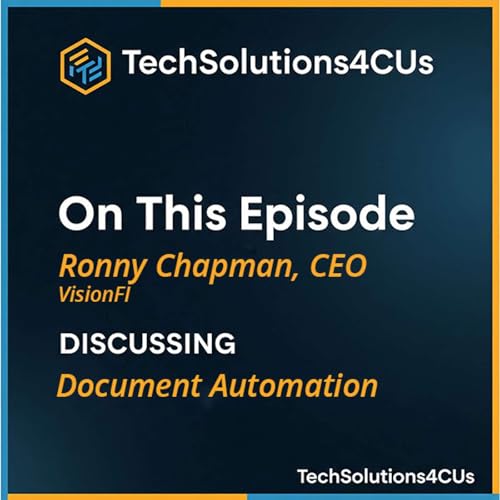On this episode of TechSolutions4CUs, Alex McLeod, CEO of Parlay Finance, discusses how credit unions can enhance their small business lending through Parlay's loan intelligence system. According to McLeod, more and more credit unions are recognizing the opportunities in serving small businesses, and lending is a critical component.
Parlay Finance offers a front-end intake system, which they call a loan intelligence system (LIS), designed to help credit unions approve more small business loans faster. The system features a small business portal where members can submit inquiries. Using AI, the LIS processes inquiries in 10 seconds or less, with a mission to help small businesses access capital and improve their readiness for loans, while also making the process more efficient for lenders. McLeod states that a small business can submit an inquiry in 15 minutes or less, and a lender can review it in 10 seconds or less. This significantly cuts down on manual work, enabling credit unions to better assist members seeking affordable products to grow their businesses.
McLeod explains that Parlay's LIS is a unique solution addressing the difficulties in small business lending. Historically, lenders have relied on loan origination systems (LOS), which often involve manual and static workflows not well-suited for the flexible needs of small businesses. The LIS acts as an "orchestration layer" that gathers information, identifies optimal product fits, and directs data to the appropriate systems of record, such as the LOS. This automation eliminates much of the initial triage work often done manually via email, phone, or even paper.
The LIS integrates with a credit union's existing tech stack, primarily the LOS, by seamlessly sending information via API. The system ingests core data blocks for every small business loan request, including information on the business owner, the business itself, and the intended use of funds. It also incorporates validation data such as financials and tax returns. Data enters the system through user contributions and user-permitted pulls, such as credit scores (FICO, SBSS), Know Your Customer (KYC), Know Your Business (KYB) permissions, and tax forms. McLeod highlights that the LIS automates these data pulls, streamlining the process for both small businesses and lenders by reducing the need for manual data collection from multiple sources.
Credit unions often seek Parlay when they recognize an "intake problem"—the inability to provide small businesses with quick, digital answers regarding loan qualifications. McLeod emphasizes that small businesses now expect instant online applications or immediate qualification answers, a standard set by online lenders. Implementing an LIS allows credit unions to meet these expectations, offering a faster and easier experience than traditional manual processes. For credit union employees, an LIS transforms their work from hours of manual follow-ups to quickly reviewing processed inquiries, saving time and enabling them to focus on relationship building and providing guidance.
McLeod notes that Parlay typically serves credit unions in the $1 billion to $6 billion asset range, but can support both larger and smaller institutions. The decision to adopt such a system often depends on whether small business lending is a high priority for the credit union's growth strategy. McLeod believes that within the next two years, the challenge of quantifying small business creditworthiness will be "radically changing" due to advancements in AI, which can handle the vast and varied data points involved.
 32 分
32 分 41 分
41 分 46 分
46 分 34 分
34 分 32 分
32 分 37 分
37 分 55 分
55 分 32 分
32 分
